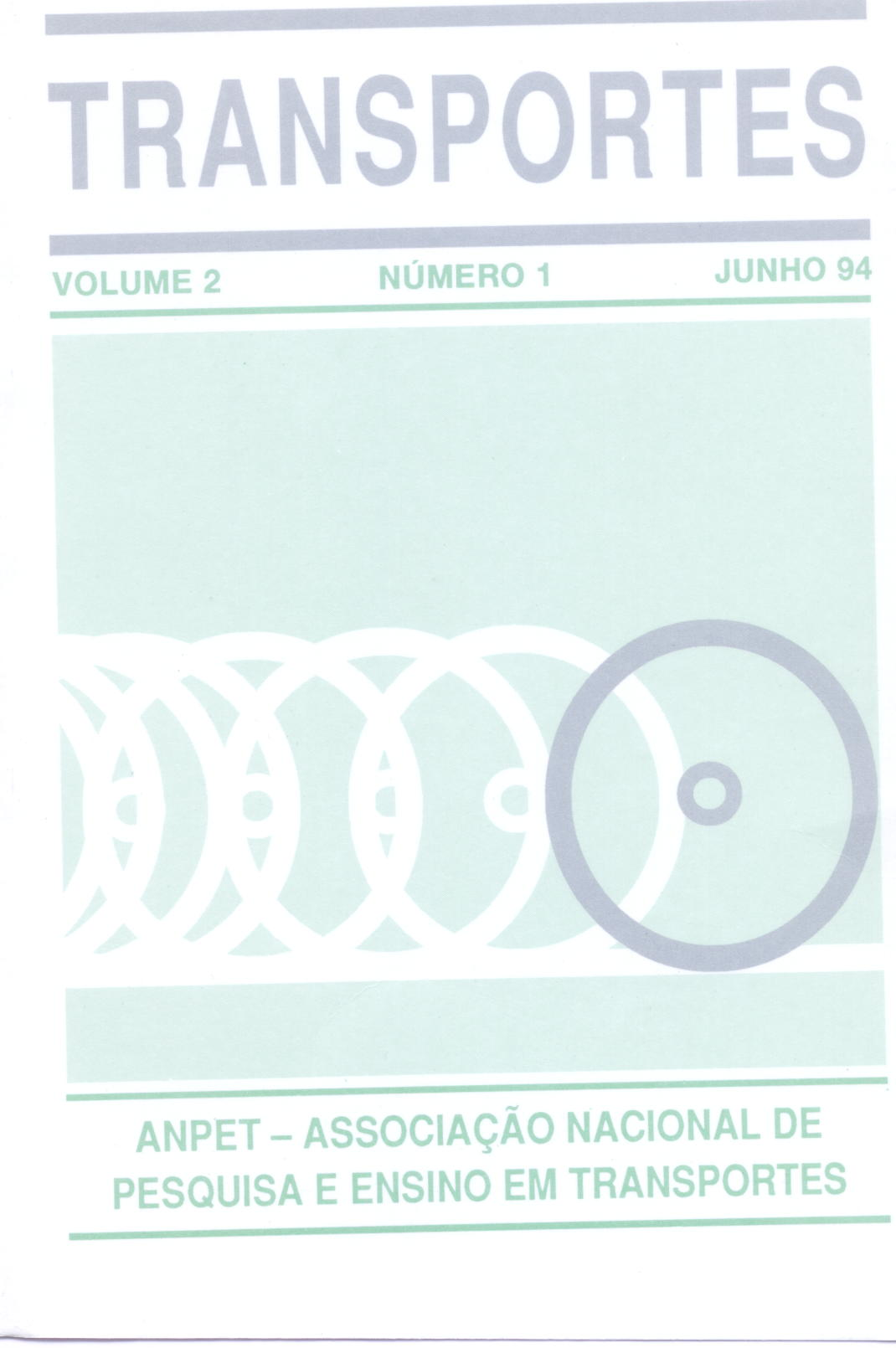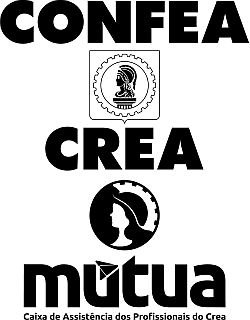CALIBRAÇÃO DO MODELO SEMI-COMPENSATÓRIO DE ESCOLHA MODAL
DOI:
https://doi.org/10.14295/transportes.v2i1.330Resumo
Dois são os objetivos deste trabalho: o primeiro e apresentar uma maneira de calibrar o modelo Semi-compensatório do comportamento de escolha do usuário de transporte de passageiros, e o segundo, relatar um resultado preliminar de calibração. Esse novo modelo foi concebido e desenvolvido a partir do pressuposto de que a escolha do meio de locomoção se faz através da avaliação das utilidades intrínsecas das alternativas disponíveis e das utilidades atribuídas às quantias que se "desembolsam" em cada alternativa. A forma não convencional do modelo (não-compensatório e determinístico) requereu a concepção e o desenvolvimento de um processo para a sua calibração: uma aplicação da técnica de maximização da verossimilhança. Esse processo foi aplicado a dados referentes a um grupo de 95 pessoas (50 funcionários da Escola de Engenharia de São Carlos-USP e 45 funcionários do DER-SP, Regional de Campinas). O resultado da calibração mostrou-se satisfatório, pois aproximadamente 85% das escolhas preditas pelo modelo calibrado coincidiram com as escolhas realizadas pelo grupo estudado.
Abstract:
There are two objectives in this paper: the first one is to present an alternative way to calibrate travel behaviour models with semi-compensatory structures; the second one is to analyse some preliminary results of a calibration exercise. This new model has been developed based upon the following assumption: the choice of transport mode is made on the basis of the assessment of the intrinsic utilities of available transport alternatives and the utilities attached to the amount of money needed to travel in each of these alternatives. The non-conventional structure of the model (non-compensatory and deterministic) has required the conception and development of a calibration process: an application of the maximum likelihood estimation technique. This process has been applied to a data base which consisted of information obtained from a group of 95 users (50 of them were staff of the São Carlos Engineering School and the remaining were staff of the São Paulo State Highway Department). The calibration result was considered satisfactory as approximately 85% of the choices predicted by the model has coincided with the observed ones.
Downloads
Downloads
Publicado
Como Citar
Edição
Seção
Licença
Ao submeter um manuscrito para publicação neste periódico, todos os seus autores concordam, antecipada e irrestritamente, com os seguintes termos:
- Os autores mantém os direitos autorais e concedem à Transportes o direito de primeira publicação do manuscrito, sem nenhum ônus financeiro, e abrem mão de qualquer outra remuneração pela sua publicação pela ANPET.
- Ao ser publicado pela Transportes, o manuscrito fica automaticamente licenciado sob a Licença Creative Commons CC BY 4.0. Esta licença permite o seu compartilhamento com reconhecimento da autoria e da publicação inicial neste periódico.
- Os autores têm autorização para assumir contratos adicionais separadamente, para distribuição não exclusiva da versão do trabalho publicada neste periódico (por ex.: publicar em repositório institucional ou como capítulo de livro), com reconhecimento da publicação inicial na Transportes, desde que tal contrato não implique num endosso do conteúdo do manuscrito ou do novo veículo pela ANPET.
- Os autores têm permissão e são estimulados a publicar e distribuir seu manuscrito online (por ex.: em repositórios institucionais ou na sua página pessoal) depois de concluído o processo editorial. Como a Transportes é de acesso livre, os autores são estimulados a usar links para o DOI do artigo nesses casos.
- Os autores garantem ter obtido a devida autorização dos seus empregadores para a transferência dos direitos nos termos deste acordo, caso esses empregadores possuam algum direito autoral sobre o manuscrito. Além disso, os autores assumem toda e qualquer responsabilidade sobre possíveis infrações ao direito autoral desses empregadores, isentando a ANPET e a Transportes de toda e qualquer responsabilidade neste sentido.
- Os autores assumem toda responsabilidade sobre o conteúdo do manuscrito, incluindo as devidas e necessárias autorizações para divulgação de dados coletados e resultados obtidos, isentando a ANPET e a Transportes de toda e qualquer responsabilidade neste sentido.










